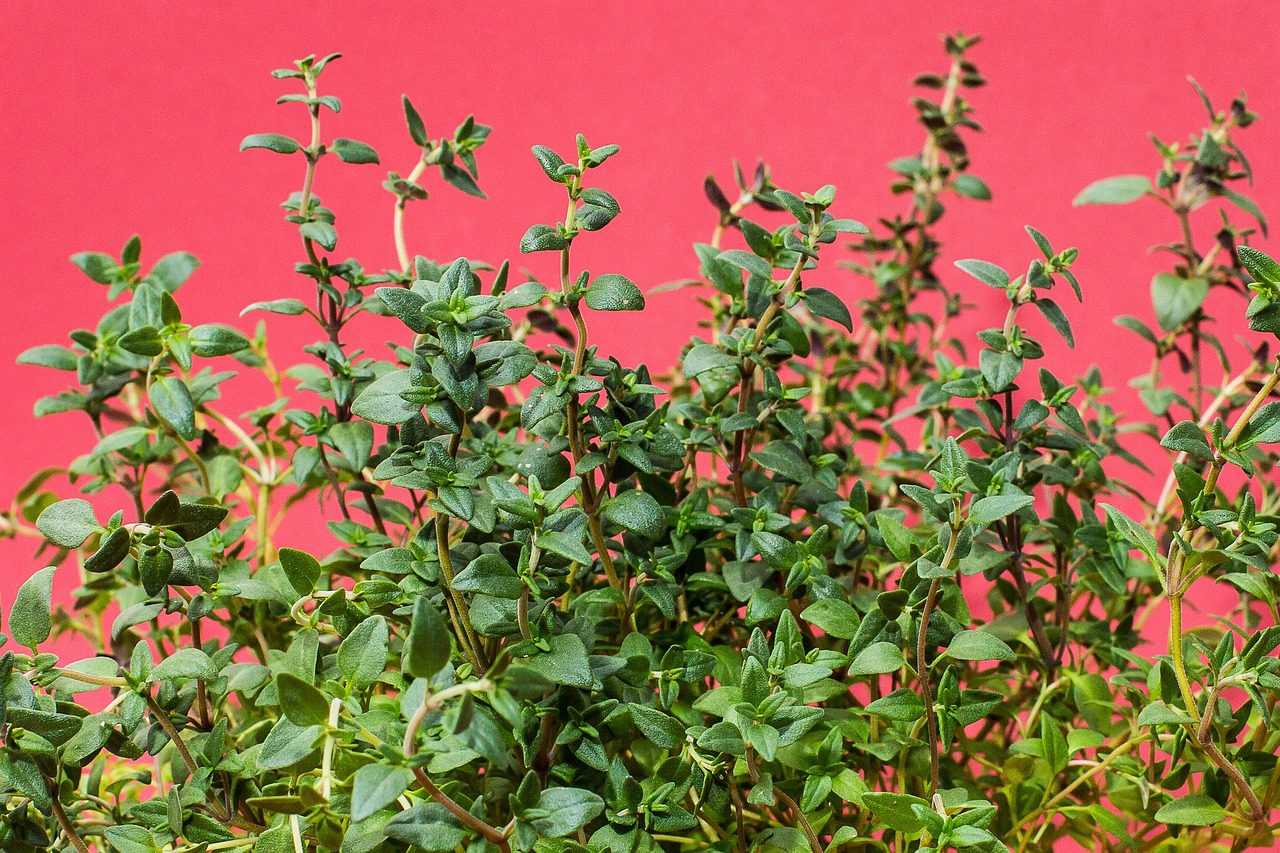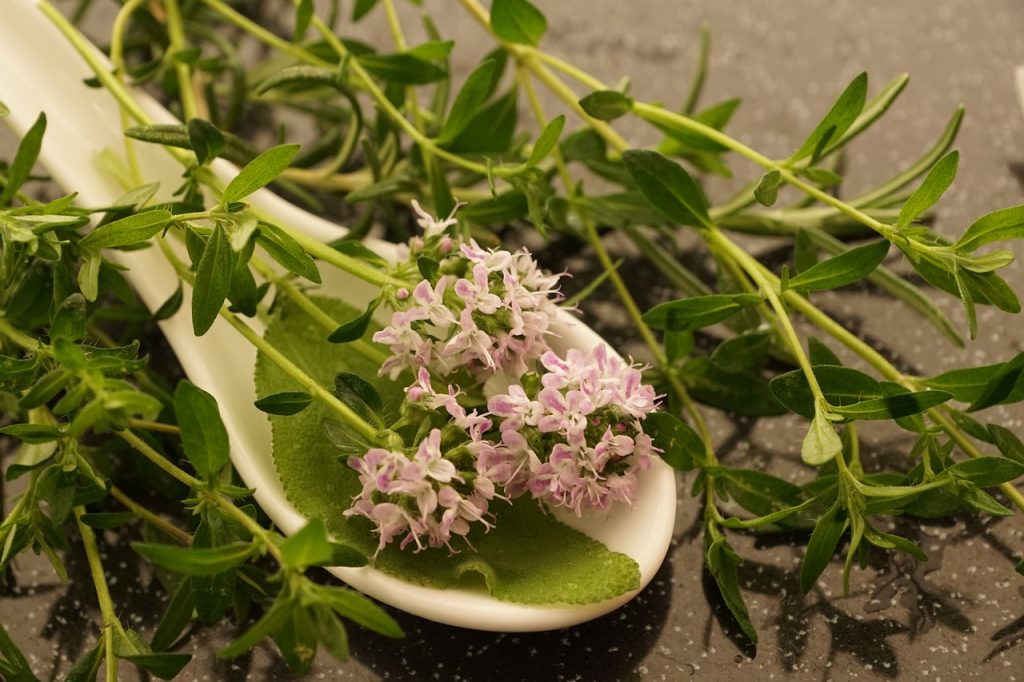Thyme, a versatile herb cherished for its robust flavor and numerous health benefits, is a staple in kitchens around the world. Harvesting thyme at the right time and in the right way can enhance both your culinary experiences and the health of your plants. Whether you are a novice gardener or a seasoned pro, understanding how to properly harvest thyme is essential. This guide will provide you with everything you need to know about harvesting thyme, ensuring that you enjoy its flavors to the fullest.
The Basics of Thyme
Before you start harvesting, it’s crucial to understand the characteristics of thyme. This perennial herb, scientifically known as Thymus vulgaris, thrives in well-drained soil and prefers a sunny location. Thyme is often used in Mediterranean dishes, and its flavor intensifies when dried.
When to Harvest Thyme
Timing is an important factor when it comes to harvesting thyme. Here are some key points to consider:
Seasonal Timing: The best time to harvest thyme is just before the plant begins to flower. This is typically in late spring to early summer, depending on your local climate. During this period, the leaves are at their most flavorful.
Time of Day: It’s recommended to harvest thyme in the morning after the dew has dried. This is when the essential oils in the leaves are most concentrated, providing the best flavor and aroma.
Age of the Plant: Mature thyme plants yield more flavorful leaves than younger ones. Aim for plants that are at least a year old for the richest harvest.
How to Harvest Thyme
Harvesting thyme can be done efficiently and sustainably with some simple techniques:
Use Sharp Tools: Use sharp garden shears or scissors to make clean cuts. Dull tools can damage the plant and make it vulnerable to disease.
Cutting Method: Cut the stems about one-third from the top. This encourages bushier growth while allowing you to enjoy both fresh leaves and new growth. Avoid stripping the leaves from the stems; instead, cut them so you can easily collect the desired amount.
Selective Harvesting: Rather than taking all the stems from a single plant, harvest from several areas. This method will promote even growth and prevent any one part of the plant from becoming stressed.
Post-Harvest Care
Once you’ve harvested your thyme, it’s essential to handle it properly to maximize its shelf life and flavor:
Cleaning: Rinse the thyme under cool water to remove any dirt or insects. Gently pat the leaves dry with a paper towel.
Storage: Fresh thyme can be stored in various ways:
Refrigeration: Wrap the thyme in a damp paper towel and place it in a plastic bag. It can last up to two weeks in the fridge.
Freezing: Thyme can also be frozen. Place the cleaned sprigs in a freezer-safe container or bag. For convenience, consider chopping the leaves and freezing them in ice cube trays with a little water or olive oil.
Drying: To dry thyme, hang small bundles upside down in a cool, dark place with good air circulation. Once dried, strip the leaves from the stems and store them in an airtight container away from sunlight.
Culinary Uses for Thyme
Thyme is a versatile ingredient that enhances a variety of dishes. Here are some popular culinary uses:
Soups and Stews: Thyme adds depth to broths, soups, and stews.
Marinades: Incorporate thyme into marinades for meats and vegetables for added flavor.
Roasted Dishes: Sprinkle fresh thyme on roasted vegetables or meats to elevate their tastes.
Herbal Teas: Thyme can be used to make soothing herbal teas that may offer health benefits such as relief from coughs and congestion.
Health Benefits of Thyme
Beyond its culinary uses, thyme is known for its potential health benefits. It contains antioxidants and has antimicrobial properties. Some studies suggest that thyme may help improve respiratory health and promote digestive function.
Conclusion
Harvesting thyme is a rewarding endeavor that enhances your cooking and gardening experience. By understanding the best practices for timing and techniques, you can enjoy fresh thyme throughout the year. Whether you are sprinkling it over a hearty dish or steeping it into a tea, thyme is an herb that brings both flavor and wellness to your life. Happy harvesting!






